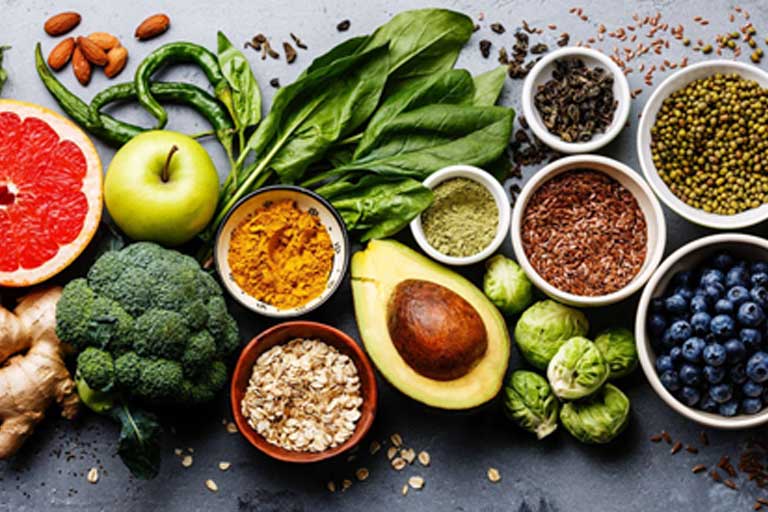Varicose veins, those twisted, enlarged veins that are typically found in the legs, can become an issue if not properly managed. Thankfully, there are several methods available to effectively reduce varicose veins and alleviate symptoms. By making some lifestyle changes and implementing tips from experts, you have the power to minimize the effects of this common condition.
Below you’ll find a rundown of crucial steps one can take to reduce varicose veins.
- The Role of Diet: A balanced diet rich in necessary nutrients can facilitate vein health.
- Foods Rich in Flavonoids: Flavonoid-rich foods like berries and dark chocolate can improve blood circulation.
- Marginal Salt Intake: Reducing your salt intake can prevent water retention that exacerbates varicose veins.
- Exercise Regularly: Physical activities promote blood flow and help manage weight, reducing vein pressure.
- Use Compression Stockings: They assist the muscles and veins in moving blood efficiently.
- Wear Non-Restrictive Clothing: Tight clothing can hinder circulation and aggravate varicose veins.
- Elevate Your Legs: This simple remedy helps decrease vein swelling and improves circulation.
- Adequate Weight Management: Maintaining a healthy weight puts less pressure on your veins and reduces the risk.
Incorporating these simple yet effective strategies into your daily routine can significantly reduce varicose veins symptoms and improve overall vein health.
Lifestyle Changes for Varicose Veins
Making deliberate choices about what you eat, how you exercise, and even what you wear can have a profound impact on your vein health.
Conscious efforts to manage weight, keep active, and enhance dietary habits can prevent varicose veins or slow their progression.
Besides, using compression stockings and elevating legs can provide immediate relief from discomfort.
Remember, professional medical advice should be sought if symptoms persist or worsen over time.
Role of Diet in Varicose Veins
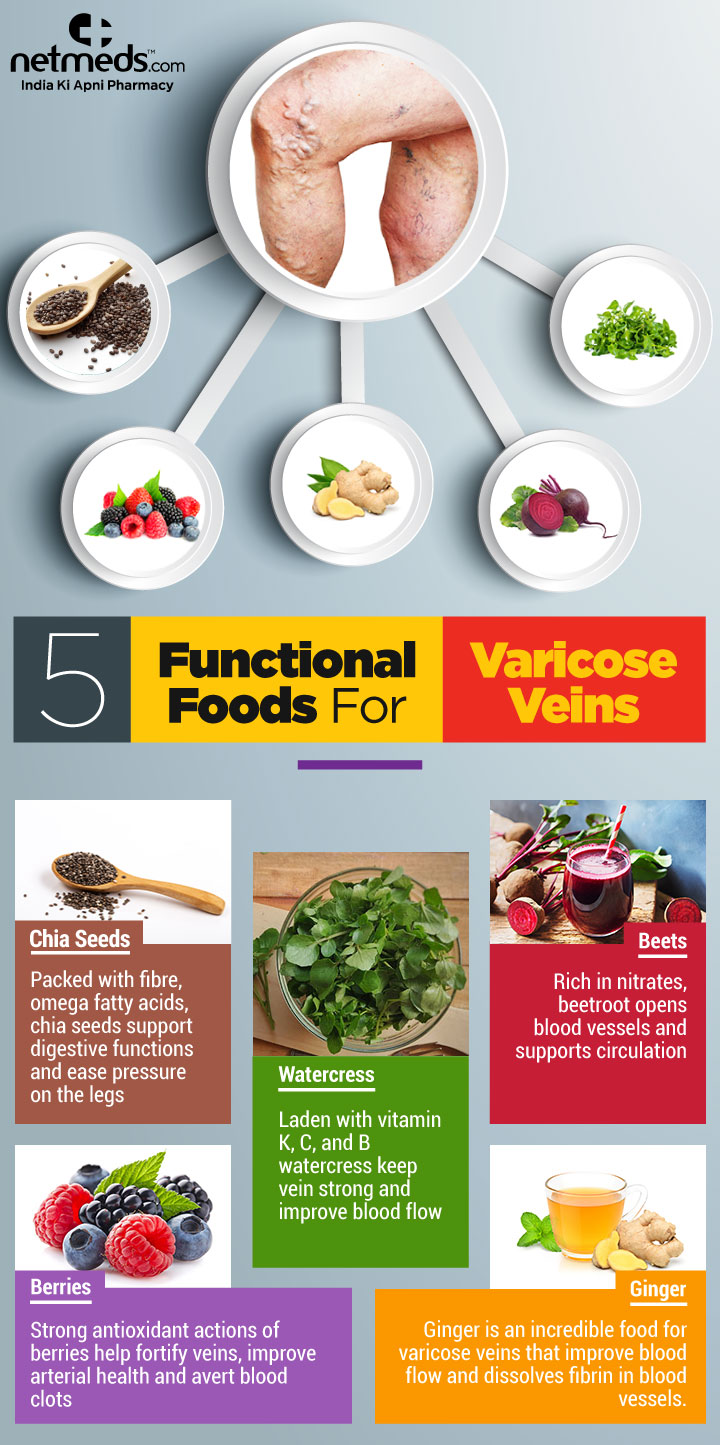
Varicose veins, the twisted, bluish structures beneath your skin’s surface, are more than just a cosmetic issue. They are prevalent in half of all women and a quarter of men as they age.
Beyond their appearance, varicose veins can result in uncomfortable symptoms such as skin discoloration, bleeding, skin ulcers, and formation of blood clots in the affected veins.
You may also experience heaviness or swelling in the lower part of the leg, a dull ache, and cramps that hinder daily routines. But what role does diet play in this?
“Maintaining a healthy weight through a balanced diet can help alleviate varicose vein symptoms.”
The onset of varicose veins is often treated with self-help measures such as wearing elastic support stockings, elevating legs regularly and performing physical exercises. However, losing weight is pivotal if required.
Wearing looser attire, especially around the thighs and legs can ease varicose vein symptoms. Switch to lower-heeled shoes to help strengthen calf muscles for improved blood circulation.
A healthy weight reduces pressure on your legs, thereby relieving symptoms. It’s worth noting that dietary modifications won’t cure varicose veins but might prevent worsening conditions.
You can read more about this on Harvard Health’s webpage.
Foods Rich in Flavonoids
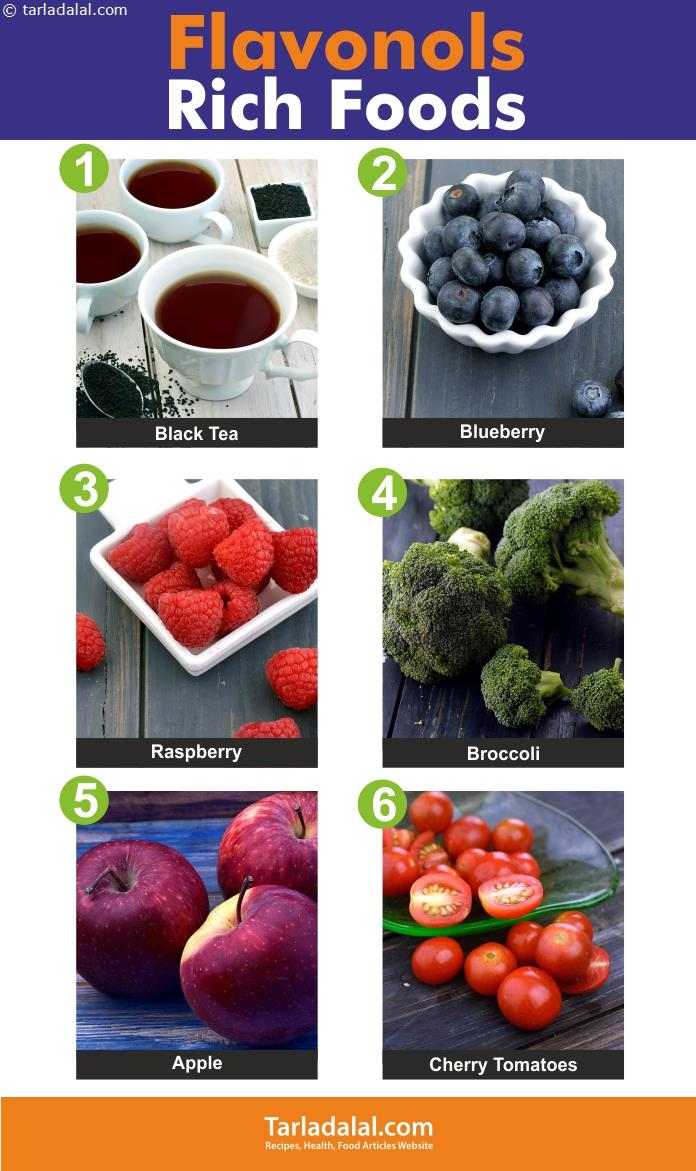
What Are Some Foods Rich in Flavin-3-Ols?
Flavin-3-ols are abundant in black tea and dark chocolate. They can also be found in apricots, apples, berries and grapes.
Where Can I Find Flavanols?
Flavanols are predominantly present in black tea and various fruits like berries and apples. They’re also found in onions, as well as cruciferous and leafy green vegetables such as broccoli, kale, spinach, watercress, and parsley.
Which Foods Contain Flavones?
You can find Flavones in celery, chili peppers and a variety of herbs including parsley, mint, oregano, and thyme.
Which Fruits are Rich in Flavanones?
The primary sources of flavanones are citrus fruits such as lemons, oranges, and grapefruit.
Where Can I Find Isoflavones?
Isoflavones are prevalent among legumes and soy-based foods like tofu and soymilk. You may want to add these to your diet for a healthy intake of isoflavones.
Which Foods Contain Anthocyanins?
Anthocyanins can be found in berries, grapes and red cabbage. To know more about which foods are rich in flavonoids, have a look at this source.
Importance of Marginal Salt Intake
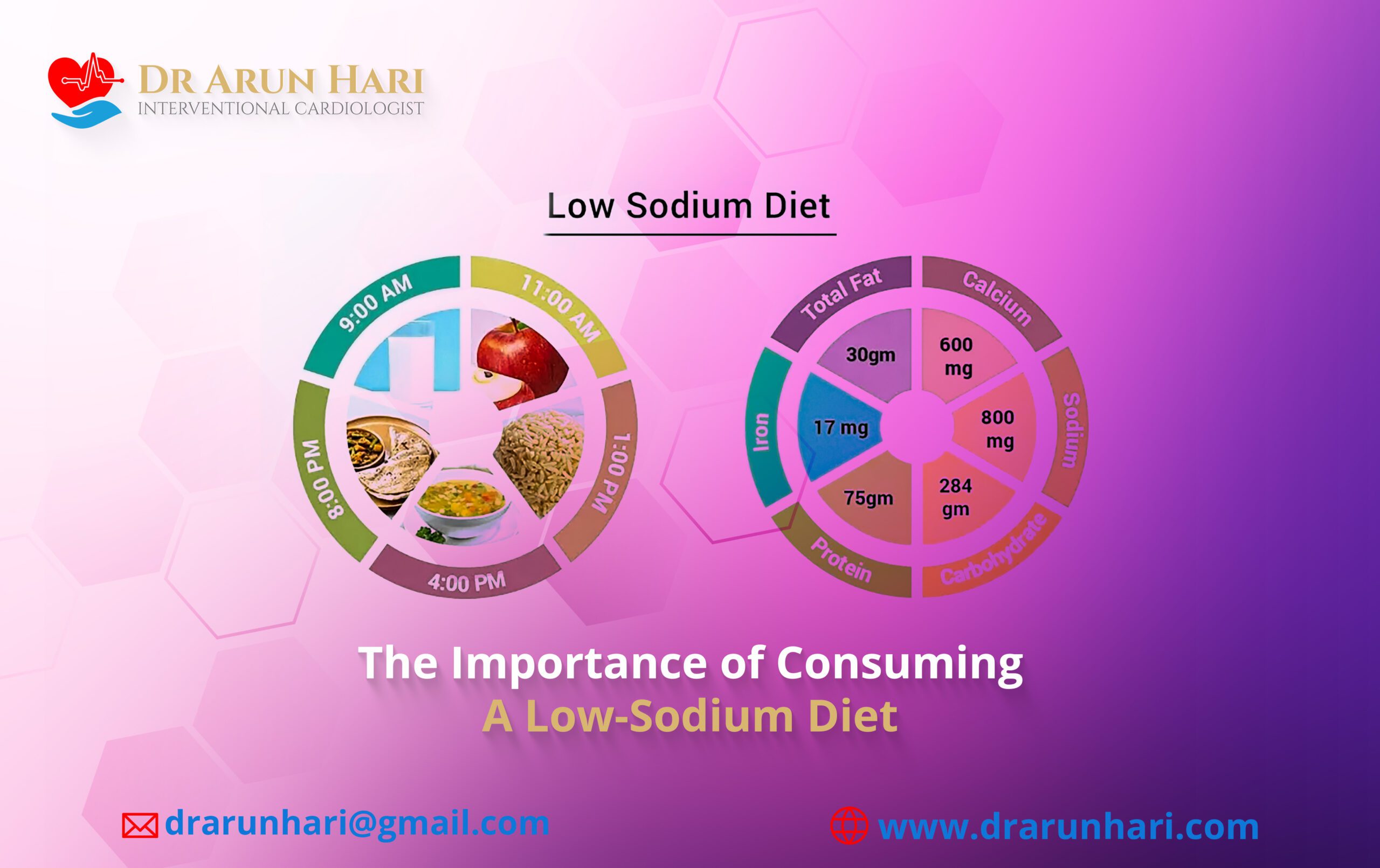
Limiting sodium intake is crucial for maintaining overall health. It’s worth noting that excessive sodium can lead to debilitating diseases such as hypertension and cardiovascular disease.
The American Heart Association offers a guideline of restricting sodium to 1,500 mg per day.
- Sources of Dietary Sodium: Approximately 70% of our sodium intake comes from processed and restaurant foods, and only 5% is added at the dinner table. Naturally occurring sodium in foods contributes the remaining 25%.
- Reducing Sodium: By lowering your salt intake, you can effectively reduce blood pressure. A decrease in blood pressure can, in turn, minimize the risk of heart diseases.
- Culinary Choices: Opt for fresh fruits and vegetables which are naturally low in sodium. Similarly, whole grains, lean meats, and low-fat dairy products are excellent choices. It’s essential to limit sodium-rich foods like processed meats and sauces.
Making lifestyle changes can also significantly impact your sodium intake. Setting a daily sodium budget often proves beneficial. Regularly reading food labels enables healthier choices. Moreover, cooking at home using fresh ingredients drastically cuts down your sodium levels.
The bottom line is that marginal salt consumption is indispensable for optimal well-being. It’s not directly addressed in this page but its significance is underscored by a single fact – eating less salt contributes to a healthier heart.
You can find more detailed information on this topic at Medical News Today.
Influence of Regular Exercise
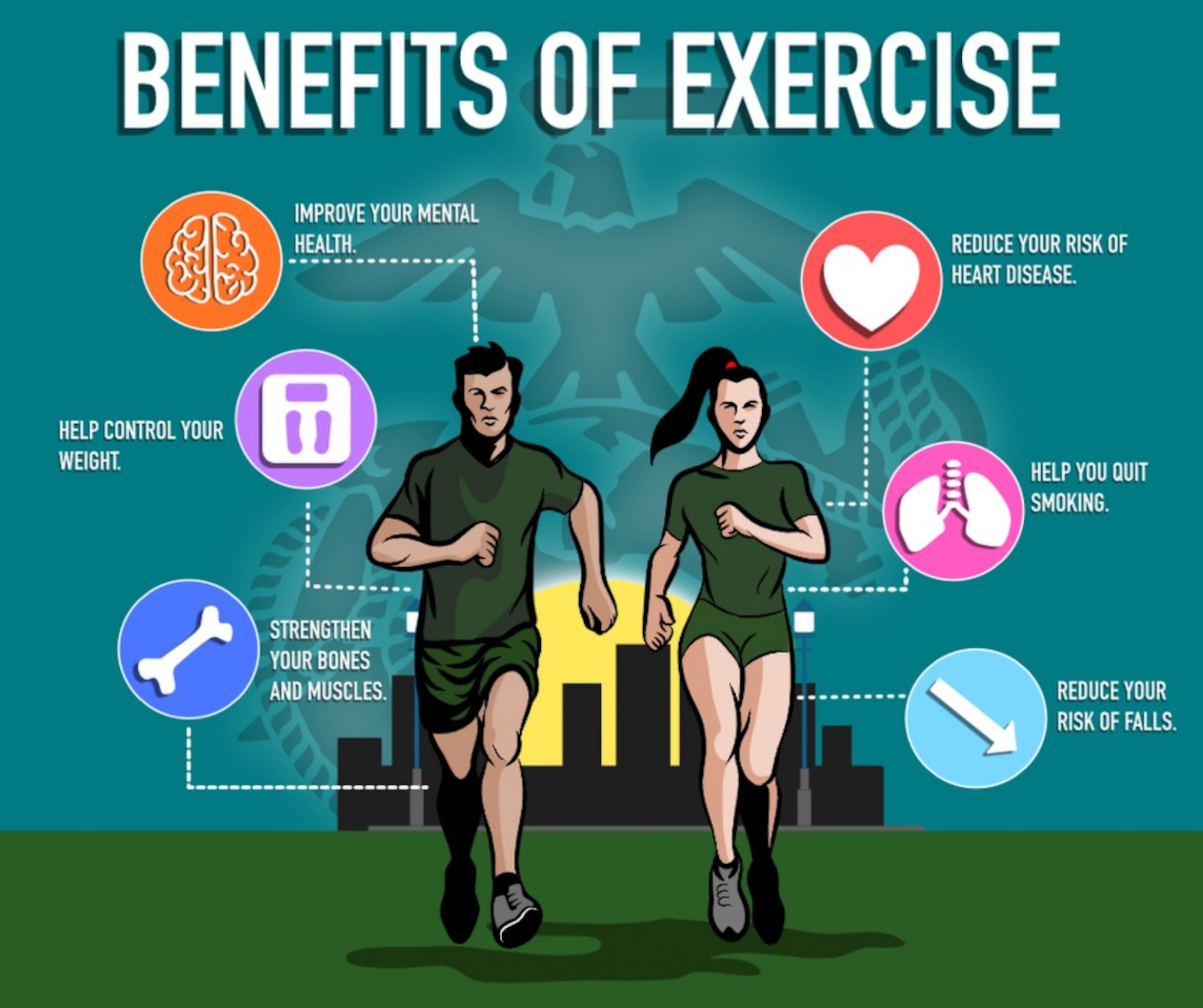
Walking is an accessible and straightforward exercise with substantial health benefits. It strengthens your joints, muscles, bones and even supports a healthy immune system.
Consistency is essential in achieving these benefits. Walking for at least 30 minutes a day can significantly increase your metabolism and reduce stress levels.
Walking has scientifically proven effects on reducing the risk of chronic diseases and maintaining a healthy weight. It also helps keep your joints robust and can potentially extend your lifespan.
| Mental Health Benefits | Physical Health Benefits |
|---|---|
| Reduces anxiety and depression | Lowers blood pressure |
| Increases focus and creativity | Boosts metabolism |
| Improves mood | Maintains healthy weight |
| Helps manage stress levels | Strengthens joints, muscles, bones |
| Table: Health Benefits of Regular Walking | |
The table above clearly illustrates the mental and physical health rewards of regular walking.
Walking outside, especially in tranquil natural settings, can significantly minimize stress. A study published in Molecular Psychiatry showed a 60-minute walk in nature decreases activity in brain regions associated with stress processing.
Furthermore, walking enhances sleep quality. Regular physical activity boosts melatonin, the sleep hormone, leading to better sleep at night.
A daily walking routine also stimulates brain activity, particularly in older women, due to increased blood flow to the brain. Keep active and keep your mind sharp with walking.
Bearing of Compression Stockings
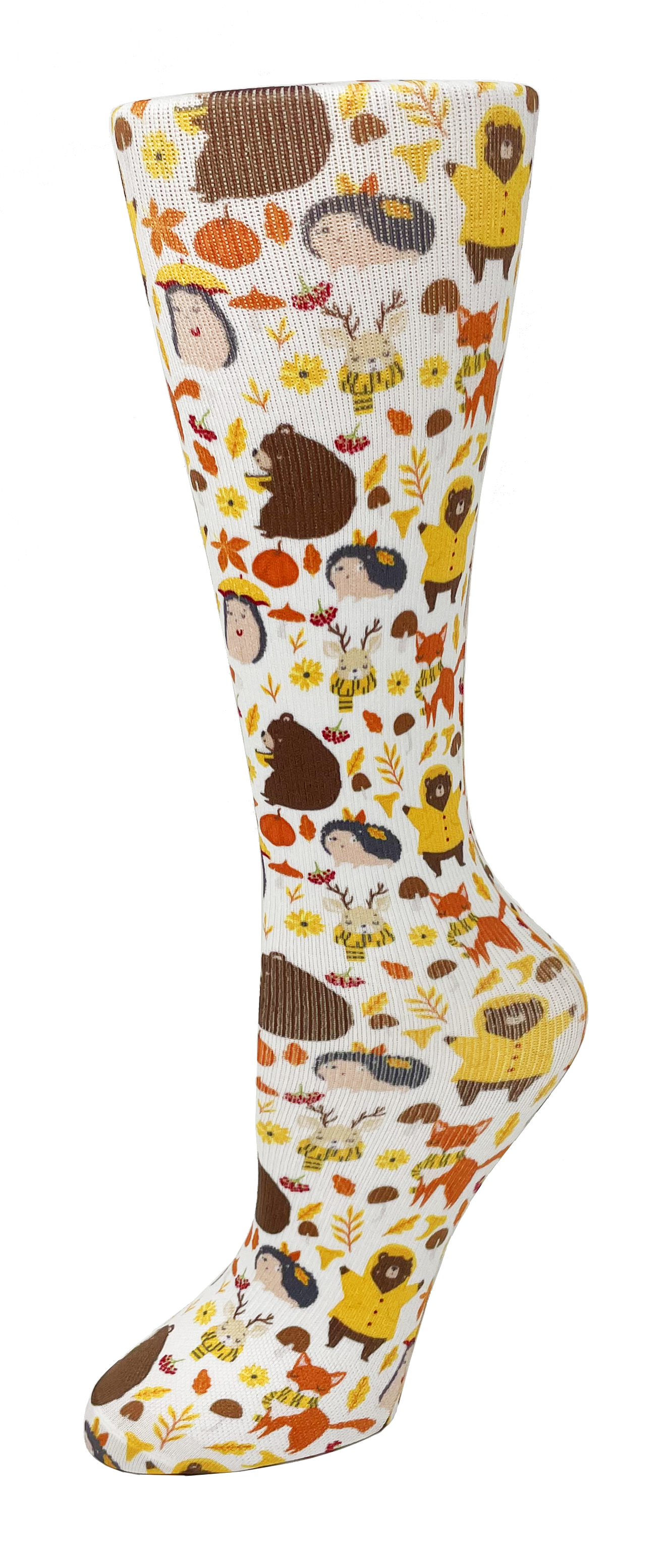
Compression stockings aid in managing varicose veins. They’re typically suggested after certain vein treatments to reduce swelling and bruising, while promoting faster healing.
Treatment Duration Impact
How long you need to wear compression stockings hinges on the type of treatment you’ve undergone. For instance, after Endovenous Varicose Vein Surgery, it’s advisable to limit physical activities for two to three weeks and wear the stockings for roughly four weeks following the procedure.
Sclerotherapy Considerations
If you’ve had Sclerotherapy, refrain from strenuous and heavy physical activities for a few days to a week. Wearing compression stockings for about two weeks can facilitate healing by minimizing swelling and bruising.
Ligation and Stripping Recovery
For Vein Ligation and Stripping, the healing process can extend from two weeks to a month. It’s suggested to wear these stockings for around two to six weeks. Always consult with your healthcare provider for advice on proper wear and fitting.
Choosing Compression Stockings
Selecting the correct pressure, weight, and length is crucial when choosing compression stockings. Your healthcare provider can guide you about the appropriate fit and pressure. Steer clear from commercial stockings that lack medical certification.
Venus Vein Clinic suggests that patients should generally keep on their compression stockings continuously, even when asleep. They should only be removed while bathing or experiencing skin irritation.
Maintaining Comfort
Your comfort is important. Therefore, change stockings daily for hygiene. Applying moisturizer underneath them can bring additional comfort. Adjust them regularly to avoid discomfort and ensure proper fitting.
Remember, compression stockings are a crucial aspect of recovery from vein treatments, significantly aiding in reducing swelling and hastening the healing process.
Impact of Non-restrictive Clothing
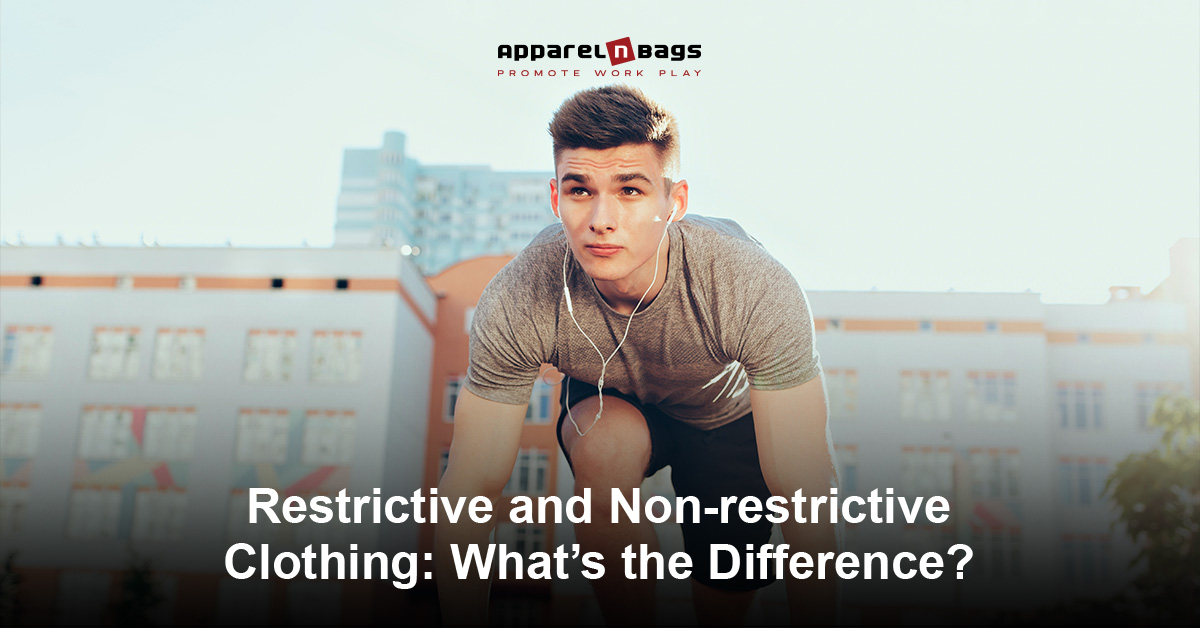
Non-restrictive clothing may be considered an inviting prospect for those intent on harassing others. This is particularly true in the context of runners who opt for snug-fit attire.
Clothing and Varicose Veins
The choice of clothing can also affect varicose veins. Tight clothes may restrict blood flow, potentially intensifying vein problems.
Choosing Loose-Fit Garments
Looser-fit garments could provide a less restrictive alternative, thereby encouraging healthier circulation and potentially mitigating the risk of varicose veins.
A Respectful Running Environment
Criticism over clothing choices shouldn’t distract from promoting a safe, respectful environment for all runners. Runners should be able to wear what they find comfortable without fear.
Positive Attention
Dress comfortably and with confidence to direct positive attention towards your running prowess and dedication, rather than feeling pressure to meet societal expectations.
This article offers a more detailed discussion about running attire and related issues.
Leg Elevation: A Simple Remedy
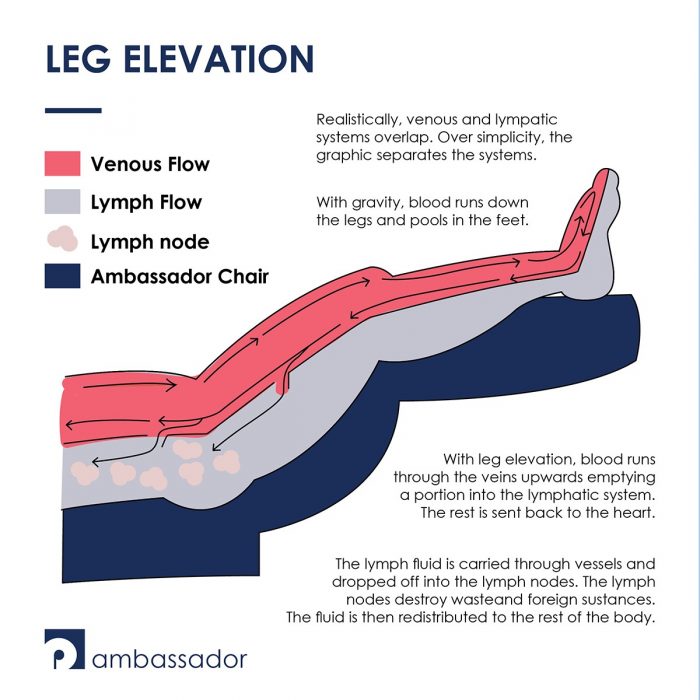
The simplest remedies often yield significant outcomes. For varicose veins, a basic yet effective solution is leg elevation.
Reclining with your legs propped up can boost blood flow, reducing the pressure on your veins.
It may seem trivial but incorporating this into your daily routine can help lessen the severity of varicose veins over time.
Try to elevate your legs several times a day, especially after periods of extended standing or sitting.
Remember, consistency is key in seeing results. It’s a small change but one that contributes to better venous health.
One piece of advice would be to use a supportive footrest.
This ensures your legs are comfortably raised at the correct angle, thus maximizing the benefits of elevation.
The right level of incline can aid in preventing blood from pooling in your veins.
Your legs should be higher than your heart for optimal results.
But don’t worry, you don’t need any fancy equipment – using pillows or cushions you have around home also works well.
Incorporating this routine will not only contribute to reducing varicose veins but also promote overall circulatory health.
Adequate Weight Management
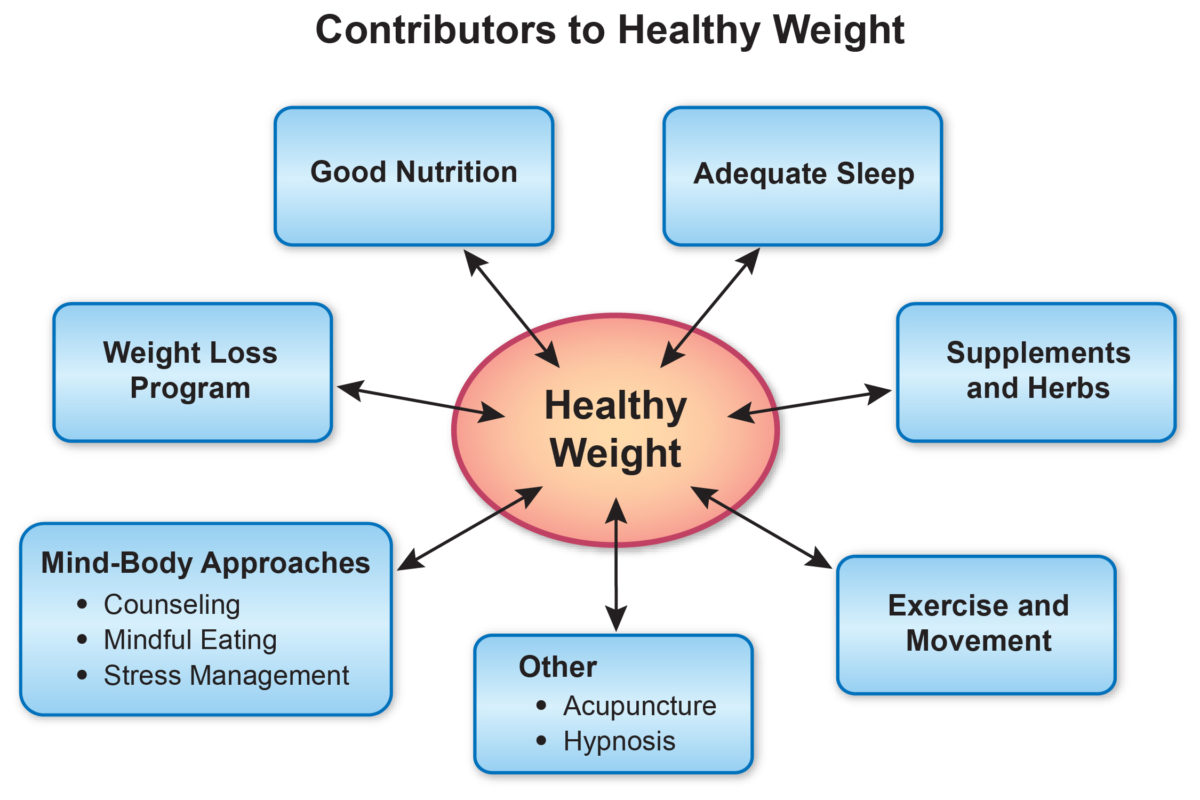
Some biological factors can impact your ability to lose weight. This is where comprehensive programs like the new WeightWatchers Clinic come into play.
Effective Weight-Loss Programs
These programs aim not just at shedding pounds, but also at promoting overall health. A unique aspect is their flexibility and adaptability to individual needs.
Rather than restricting certain foods, the emphasis is on understanding your eating patterns and making sustainable changes.
Fighting Confusion with Science
The dieting sphere is filled with conflicting advice. To cut through this noise, WeightWatchers builds its programs based on the latest behavioral research.
This scientific approach eliminates guesswork, enabling you to make informed decisions about your diet.
Preventing Deprivation with the Points System
Ditching your favorite foods can be challenging. WeightWatchers uses a unique Points system, ensuring you don’t have to give up on these entirely.
It turns nutritional info into a number which you can ‘spend’ daily, helping maintain a balanced yet enjoyable diet.
Building Healthy Habits
Apart from focusing on what you eat, an integral part of the program is developing healthy habits and behaviors over time.
This reformation process includes finding appropriate portion sizes and engaging in physical activity to supplement dietary changes.
It’s a step-by-step journey to long-term health gains rather than a short-lived fad diet.
Varicose Veins Victuals
Consuming fiber-rich foods, antioxidant-filled fruits like cherries and blueberries, as well as foods high in Vitamin E and C, such as spinach and citrus fruits, can help combat varicose veins. Similarly, including omega-3 rich food items like fish, walnuts and flaxseeds in your diet also contribute to reducing varicose veins.
